Imported coffee is a treasure trove of diverse flavors sourced from around the globe. Even if you’re new to coffee, choosing imported varieties allows you to easily experience rich aromas and delightful tastes. In this article, we’ll take a closer look at how to select and store imported coffee, so stick around until the end!
By delving into the fascinating world of coffee, you’ll uncover the joy of finding your perfect cup. We’ll break down the characteristics of various beans, roasting methods, and even share some tips on how to keep your coffee fresh—making it accessible for beginners. So, let’s embark on this journey to explore the allure of imported coffee together!
- Detailed explanations of the types and characteristics of imported coffee
- Tips on how to choose the right coffee for you
- How to store coffee to maintain its freshness
The Allure of Imported Coffee
Imported coffee offers a delightful opportunity to savor coffee beans from diverse regions around the globe. The flavors and characteristics of the beans vary significantly due to the climate, soil, and cultivation methods of each country. This means that through imported coffee, you can experience unique tastes that you wouldn’t normally encounter. Let’s take a closer look at the different types and features of imported coffee.
Types of Imported Coffee
When it comes to imported coffee, there are several varieties, but the two most common types are Arabica and Robusta. Arabica beans are known for their balanced sweetness and acidity, making them a favorite among coffee enthusiasts. On the other hand, Robusta beans are more bitter and contain higher caffeine levels, often serving as the base for espresso. Each type of bean has its own distinct personality, allowing for different enjoyment based on how you choose to prepare it.
Additionally, the characteristics of imported coffee can vary widely depending on its origin. For instance, Ethiopian coffee is celebrated for its fruity aromas, while Brazilian coffee often has sweet notes reminiscent of nuts and chocolate. This opens up a world of possibilities for finding your ideal bean.
- Understanding the differences between Arabica and Robusta
- Focusing on flavor profiles by region
- The joy of discovering your favorite imported coffee
Features of Imported Coffee
The appeal of imported coffee goes beyond its diversity. The growing conditions, harvesting methods, and even the roasting process can significantly influence the flavor and aroma of the beans. Single-origin coffees, in particular, are sourced directly from specific regions or farms, allowing you to truly experience the essence of that land.
Moreover, the roasting level can also alter the taste of imported coffee. Light roasts tend to be more acidic with fruity aromas, while dark roasts highlight bitterness and offer a rich, full-bodied flavor. You can even enjoy roasting your own beans at home, allowing you to create a personalized cup that’s uniquely yours.

When enjoying coffee at home, the choice of beans and roasting techniques are crucial. If you’re interested in this topic, you might also enjoy our article “Home Coffee Roasting: A Comprehensive Guide to Choosing Beans and Roasting Techniques.” It will help you dive deeper into the joys of home roasting and create your perfect cup!
- The taste of imported coffee changes based on growing conditions and harvesting practices
- The charm of single-origin coffee and experiencing the land’s essence
- Enjoying flavor variations based on roasting levels
How to Choose Your Coffee
Finding the perfect coffee for yourself is an essential step in enhancing your coffee experience. With a wide variety of coffee beans from different regions, knowing how to choose can help you discover that ideal cup tailored to your taste. In this section, we’ll delve into the characteristics and flavor differences based on the bean’s origin.
Characteristics by Origin
Coffee beans exhibit distinct flavors and aromas depending on their origin. For instance, Ethiopian beans are known for their fruity and vibrant aromas, while Colombian beans are celebrated for their well-balanced and easy-to-drink flavor. Brazilian beans often offer a nutty sweetness that pairs beautifully with milk.
The climate, soil, and cultivation methods of each region significantly influence the beans’ characteristics. By trying coffees from various countries, you can expand your enjoyment and find your preferred style.
- Ethiopian beans feature a fruity aroma
- Colombian beans offer a well-balanced and smooth taste
- Brazilian beans deliver a delightful nutty sweetness
Enjoying Flavor Differences
The flavor of coffee is not only determined by the type of bean but also by the roasting level and brewing method. Lightly roasted coffee tends to have a stronger acidity and fruity notes, while dark roasts are known for their pronounced bitterness and rich, full-bodied taste. This means that even the same bean can have a dramatically different impression depending on the roast, making it exciting to experiment with various roasting levels.
Moreover, the brewing technique can also affect the flavor profile. Whether you opt for drip, French press, or espresso, each method extracts unique flavors, allowing you to savor a range of tastes. Finding a brewing style that suits you can truly enhance your coffee enjoyment.
- Pay attention to flavor differences based on roasting levels
- Brewing methods like drip and French press change the taste
- Discovering your ideal coffee style adds to the fun
Choosing Your Roasting Method
Roasting coffee is a crucial step in bringing out the fullest flavor of the beans. When enjoying imported coffee at home, selecting your roasting method allows you to create a taste that suits your personal preference. In this section, we’ll explore various roasting techniques you can try at home, as well as how different roasting levels can change the flavor profile.
Roasting at Home
Roasting coffee beans at home is surprisingly easy. While using a dedicated roasting machine is the most common method, you can also roast beans using a skillet or an oven. If you choose to go with a skillet, the key is to stir the beans evenly. Be careful not to let them burn, and keep stirring until you can smell the delightful aroma wafting from the pan.
If you opt for the oven, spread the beans evenly and manage the temperature carefully throughout the roasting process. One of the joys of home roasting is discovering the level of roast that you prefer. Experiment a little, and you’ll be on your way to achieving that perfect cup.
- Easy roasting with a skillet or oven
- The excitement of finding your ideal roast level
- Enjoying the aroma while roasting
Flavor Changes by Roast Level
The roast level significantly impacts the flavor of coffee. Lightly roasted beans are characterized by bright acidity and fruity aromas, allowing you to savor the original essence of the beans. In contrast, dark roasted beans have a stronger bitterness and a richer taste. Each roast level has its own unique appeal, making it worthwhile to choose based on your mood or the occasion.
Additionally, the caffeine content varies with the roast level. Light roasts contain more caffeine, making them a great choice to wake you up in the morning. Adjust the roast level to match your preferences and enjoy your daily coffee ritual.
- Light roasts offer acidity and fruitiness
- Dark roasts highlight bitterness and richness
- Consider the difference in caffeine content when selecting
How to Store Coffee
To maintain the freshness of coffee, knowing the right storage methods is essential. This is particularly important for imported coffee, where you want to savor the original aroma and flavor of the beans. In this section, we’ll take a closer look at the optimal storage conditions for coffee and key points to prevent deterioration.
Optimal Storage Conditions
Coffee beans are sensitive to moisture, light, and heat, so creating the right storage environment is crucial. First and foremost, keep them in a cool place away from direct sunlight. It’s best to store them in an airtight container in a cool, dark location. For example, a dry refrigerator or the back of a pantry are great options.
Additionally, exposure to air accelerates oxidation, which can degrade the flavor of the coffee. Therefore, it’s important to minimize air contact. Using vacuum-sealed containers or zip-lock bags can help preserve freshness effectively.
- Store in a cool place away from direct sunlight
- Place in an airtight container in a cool, dark location
- Minimize air exposure to prevent oxidation
Tips to Prevent Deterioration
To protect your coffee from going stale, it’s important to keep a few key points in mind. First, only take out the amount of beans you need and seal the rest tightly. Make sure to close the lid securely after each use.
It’s also wise to be mindful of how long you store coffee. Generally, it’s best to consume it within two weeks of roasting. Once you have fresh coffee beans, enjoy them sooner rather than later. After opening, extra care is needed, so buying in smaller quantities can be a good strategy.
- Take out only what you need and seal the rest
- Always close the lid tightly after use
- Aim to enjoy within two weeks of roasting
Conclusion
The world of imported coffee is brimming with a variety of flavors and aromas. With different origins, types, and roasting methods, there’s an exciting journey to finding the perfect cup that suits your taste. Additionally, by experimenting with roasting and storage techniques, you can enjoy fresh coffee at its best. Whether you’re a beginner or a seasoned enthusiast, there’s so much to love about coffee.
We encourage you to use this information to enhance your own unique coffee moments. Don’t hesitate to explore new beans and roasting methods as you dive deeper into the rich universe of coffee.
- Imported coffee offers a diverse range of flavors
- Preserve freshness through clever roasting and storage
- Enjoy the thrill of discovering your ideal coffee
Why not find your favorite imported coffee and make your daily relaxation time even more special? We’d love to hear about your coffee experiences in the comments!


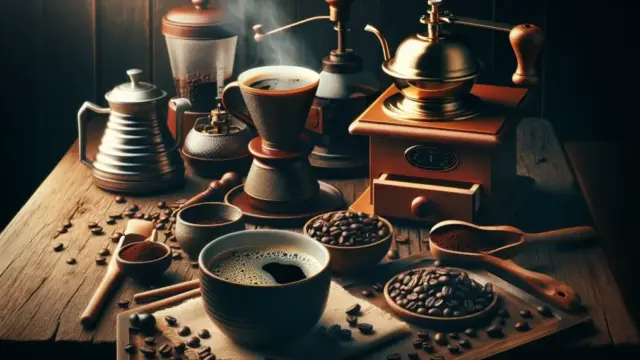






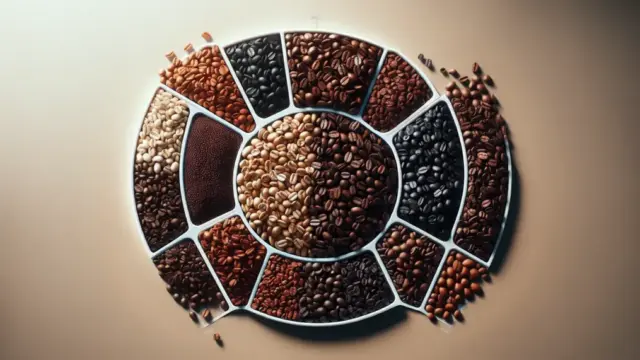

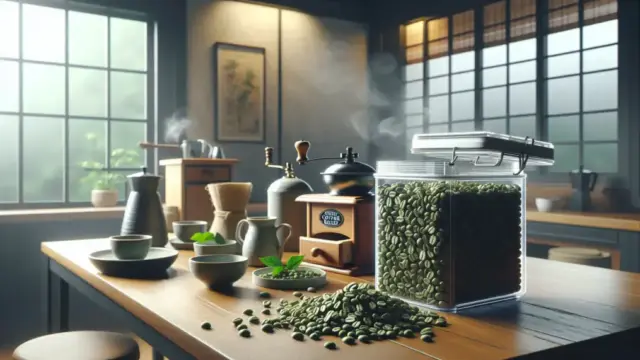







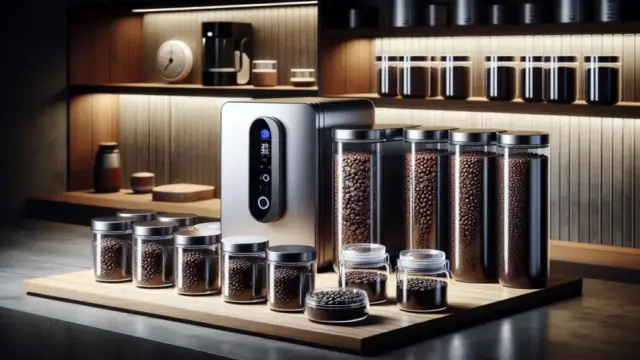





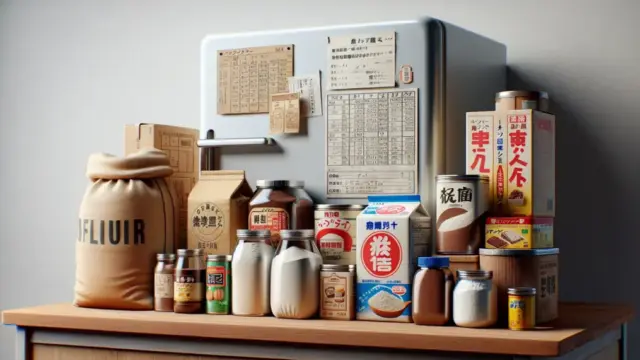



















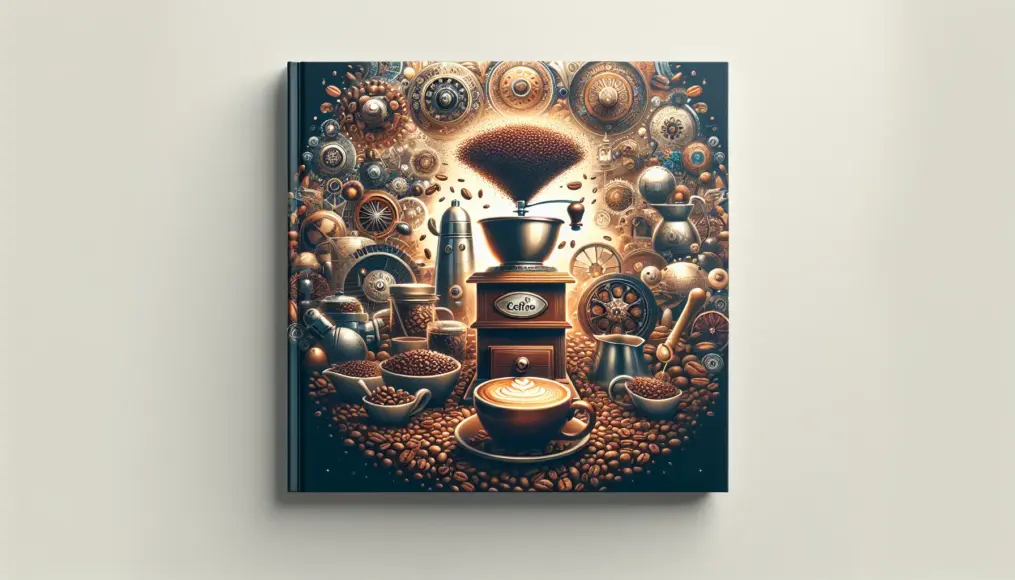


Comment